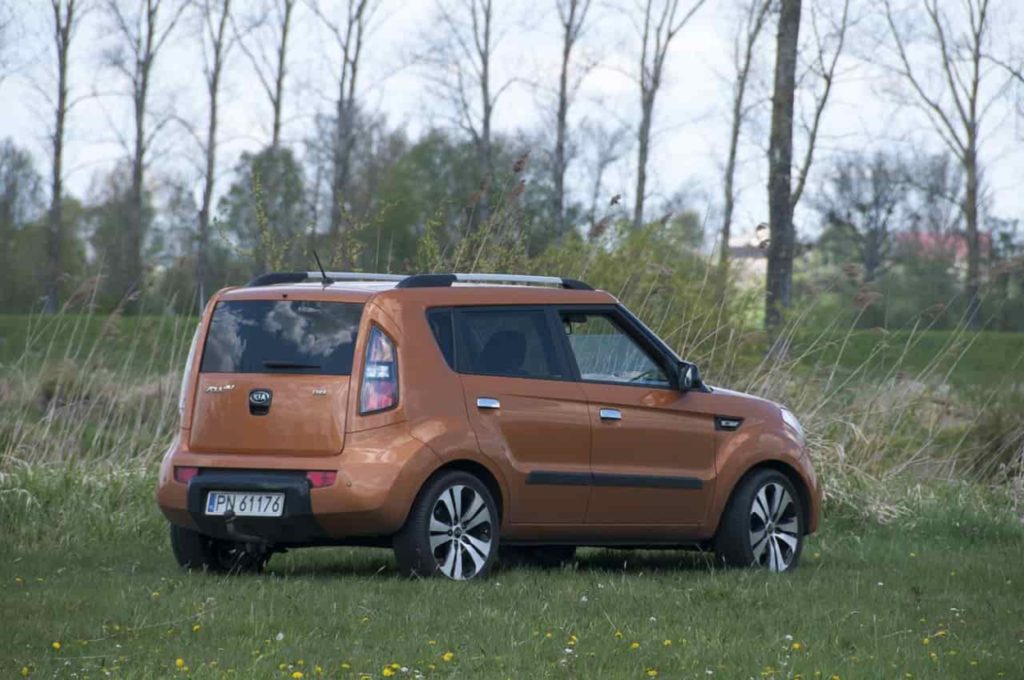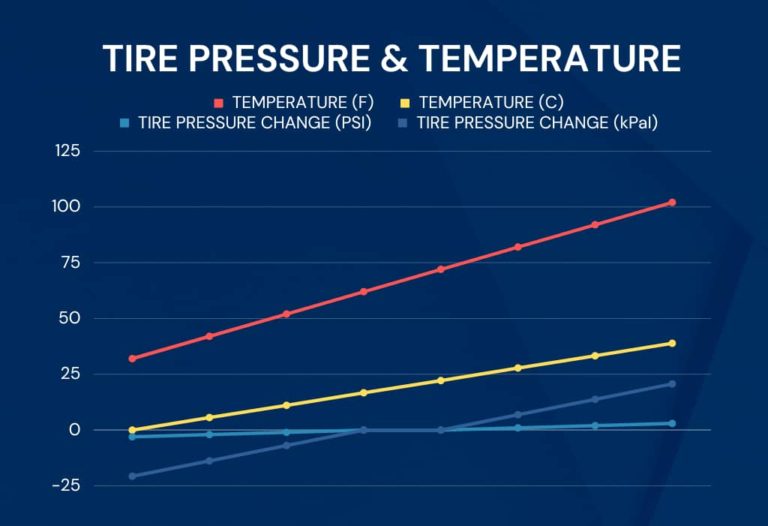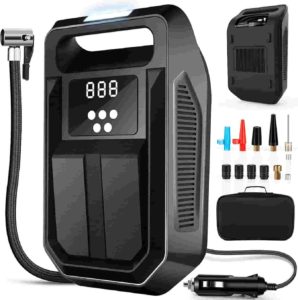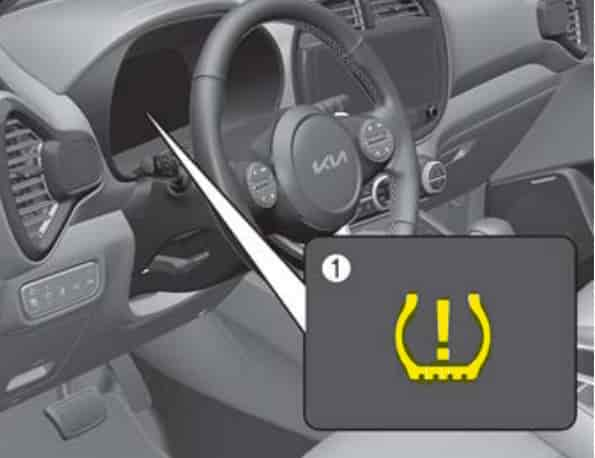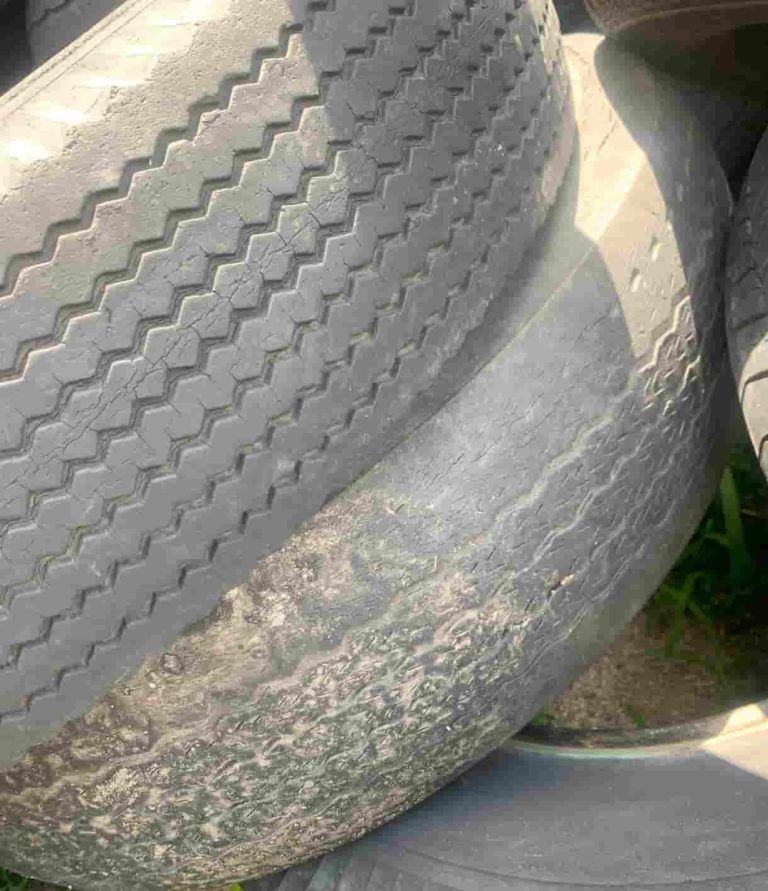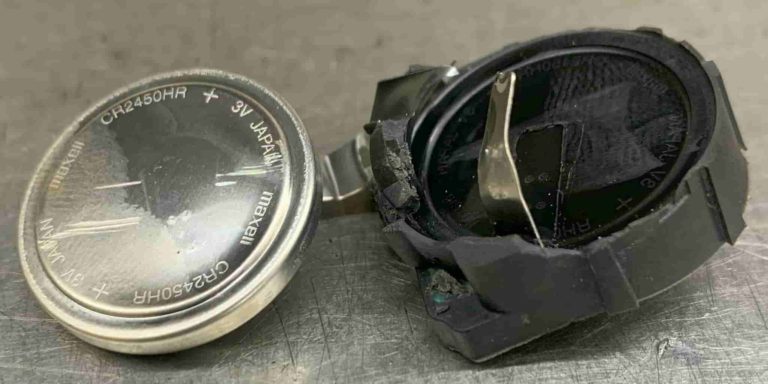TPMS Introduction and Basics
The Importance of the Tire Pressure Monitoring System
In the complex ecosystem of your Kia Soul’s functionality, the tire pressure monitoring system (TPMS) plays a key role. Acting as a sentinel, the TPMS diligently keeps tabs on the tire pressure to ensure optimal vehicle performance and safety. But what makes up this intricate system? What are its crucial components, its functions, and how does it work in your Kia Soul? This article aims to quench your curiosity. Covering topics such as the workings of the TPMS, ways to check tire pressure, understanding ‘cold pressure’, effects of weather on tire pressure, how to reset and troubleshoot the TPMS, and even advanced topics like installing new TPMS sensors and understanding sensor batteries, this comprehensive guide aims to transform you into a well-informed Kia Soul owner. Stay tuned to unravel the mysteries of your Kia Soul’s TPMS.
How Does the Kia Soul TPMS Work?
Sensors: The Kia Soul’s tire pressure system has sensors mounted on the end of each valve stem to measure air pressure and temperature of each tire.
Wireless data transmission: The sensors wirelessly transmit the tire pressure data to the car’s TPMS control unit and ECU/ECM using radio frequencies.
Continuous monitoring: The TPMS control unit and ECU continually analyzes and measures the tire pressure data received from the sensors.
Pressure comparison: The system compares the measured tire pressure against the recommended levels set by Kia for the Soul.
Warning activation: If the measured tire pressure is below the recommended levels set by Kia, the TPMS triggers a warning.
Dashboard display: The TPMS warning light appears on the dashboard LCD as a yellow exclamation point.
Tire identification: The Kia Soul’s tire pressure system indicates which specific tire is experiencing a pressure issue.
The TPMS continuously monitors and measures your tire pressure while driving.
Understanding Tire Pressure
How to Check and Adjust Tire Pressure
Make sure the tires are cold. If your vehicle has been driven, wait at least three hours before checking the tire pressure.
Remove the valve cap from the tire.
Press the tip of the tire pressure gauge onto the valve and read the pressure.
If the tire pressure is below the recommended level, fill the tire with air until the recommended 33 Psi is reached. If the tire pressure is above 33 Psi, release air until it’s at 33 Psi.(Press the metal stem in the center of the tire valve to let air out. You can use any object like a screwdriver to do this. Be gentle.)
After adjusting the tire pressure, don’t forget to put the valve caps back on to prevent leaks and keep dirt and moisture out.
Repeat this process for each tire, including the spare if applicable.
2023 Kia Soul Tire Pressure
TIRE SIZE | FRONT PSI | REAR PSI |
205/60R16 | 33 | 33 |
215/55R17 | 33 | 33 |
235/45R18 | 33 | 33 |
What is "Cold Tire Pressure"?
“Cold tire pressure” refers to the pressure in your tires when they have been at rest long enough to cool to ambient temperature, typically after sitting overnight or for several hours without driving. This is key to ensuring accurate tire pressure readings, as driving heats up the tires, causing the air inside to expand and pressure to increase. By checking the pressure when your tires are cold, you prevent inadvertent overinflation that could result from readings taken on warmed, recently-driven tires. Therefore, for the most accurate pressure reading and optimal tire performance and longevity, it’s important to measure tire pressure when your tires are cold.
Does Weather Affect Tire Pressure?
The weather has a direct influence on the tire pressure in your Kia Soul. In colder conditions the air inside the tires contracts, causing the pressure to decrease. Conversely, on hotter days the air expands, resulting in increased tire pressure. This shift in tire pressure will impact the Kia Soul’s performance and safety, underscoring the importance of regular tire pressure checks to adjust for weather changes. A general rule of thumb is that for every 10 degree Fahrenheit change, your pressure will change by 1 Psi in the same direction.
Warning Signals and Safety Considerations
Why Does the Kia Soul Tire Pressure Light Come On?
Seasonal temperature changes: A drop in ambient temperature can cause tire pressure to decrease, triggering the warning light.
Tire puncture or leak: A sharp object or road debris like a nail or screw may puncture a tire, causing air loss which will of course activate the warning light.
Faulty tire pressure sensor: Damaged or malfunctioning sensors may provide inaccurate readings, resulting in a false alert. The only way to determine which sensor is faulty is to scan each sensor with a TPMS diagnostic tool.
Valve stem issues: A damaged or leaking valve stem can lead to gradual pressure loss and eventual activation of the tire pressure light. They make kits to replace the rubber gasket that usually goes bad.
Tire damage: Impact from potholes or hitting a curb can cause structural damage like tire bubbles, leading to pressure loss.
Sensor battery life: TPMS sensors are battery-powered, and over time, batteries die. (they usually last anywhere from 5-10 years) This will cause the tire pressure light to turn on. Again, you must use a diagnostic tool to determine which sensor is dead or dying.
Recent tire rotation or replacement: If the tires have been recently rotated or replaced, the TPMS may need recalibration to avoid false alerts. The vehicle’s computer may think the front tires are in the rear and rear in the front after a rotation.
Wheel issues: Damaged, corroded, or cracked wheels can lead to air leaks and pressure loss. This is very common with low profile tires.
Altitude changes: Climbing or descending in elevation can affect tire air pressure and trigger the TPMS warning. An additional 1.5 Psi per Km above sea level is required.
Natural pressure loss: Tires lose air pressure over time due to temperature changes and permeation. Tire dry-rot will happen to tires that sit.
Electrical problems or software issues within the car’s TPMS system. Occasionally the system may have a software update from Kia.
Snow Tires: If you have a separate pair of wheels for your snow tires, you can either transfer the sensors from your summer wheels or acquire an additional set of 4 sensors for the second pair of wheels. However, if you are using the same wheels for both sets of tires, there is no need to be concerned about this.
Is Driving With the Tire Light On Safe?
It’s usually okay to drive your Soul briefly with the TPMS light illuminated, but it’s essential to tackle the problem promptly. Incorrect tire pressure can cause severe issues. We advise identifying the root of the issue: is it a slow leak, or has an object like a nail or screw punctured the tire? Could there be a leak at the bead seal? Is the tire deflating at a fast or slow pace? Determining the issue, comprehending the associated risks, and taking swift remedial measures is crucial. Above all, your safety should never be put on the back burner!
Resetting and Troubleshooting the TPMS
Steps to Reset the Kia Soul Tire Pressure Light
The Kia Soul does not have a tire pressure reset button.
When the tire pressure light on the dashboard lights up, pull over and check your tire pressure.
Determine which tire is causing the tire pressure light to turn on and adjust the tire pressures accordingly.
Fill your tire to the exact recommended pressures. 33 Psi. I cannot emphasize enough, be as EXACT as possible.
Drive your Kia. Drive for a few minutes at speeds over 20 Mph.
If the light doesn’t go off right away, re-check your air pressure to make sure they are all at the exact pressure you set them to. If they are not at the same pressure, you probably have some sort of tire leak.
What Tools Do You Need to Reset the Kia Soul TPMS?
The only tool you need is an accurate air pressure gauge. Specialized tools are only necessary for the Kia Soul when the tire pressure system encounters an issue that needs troubleshooting. For example, a TPMS diagnostic tool is needed if there’s a TPMS malfunction and you need to identify which tire sensor is not working. A TPMS relearning tool will also be needed if a pressure sensor is replaced and needs to be registered to the Kia’s computer.
Resetting the Entire Computer System
If you’ve exhausted all possible solutions and the tire light stubbornly remains on, consider severing the connection to the main 12-volt battery. To prevent any possible short-circuits, start by detaching the negative terminal. You’ll need a 10 or 12mm wrench or socket. This action disrupts the power supply to the Engine Control Unit (ECU) deleting all the error codes accumulated by the computer, including the one causing the tire pressure light to illuminate. Disconnecting the battery will also reset the computer’s adaptive memory settings. Once you reconnect the battery your Soul might have to undergo a “relearning” phase, during which it recalibrates all its sensors and actuators. To complete this relearn phase, drive your Soul for at least 30 minutes at a speed of 50 mph.
Troubleshooting the Kia Soul Tire Pressure Light
Why is My Tire Light Flashing?
Your Kia Soul also has a special warning light to alert you to potential issues with your tire pressure monitoring system (TPMS). It’s called the TPMS malfunction indicator. This warning light displays a yellow exclamation point, identical to the tire warning light. If there is a problem with the TPMS, the light will flash for approximately one minute before staying on. This sequence will occur every time you start your car until the issue is resolved. So, when your tire light is flashing or blinking, the system may not be able to accurately detect low air pressure. Basically, a blinking tire pressure light typically signals a malfunction within the TPMS itself, rather than an actual tire pressure concern.
What Causes the TPMS to Malfunction?
Using non Kia wheels or tires.
Some electronic devices can interfere with the TPMS because they send out similar radio signals. Things like walkie-talkies, radios, or even a nearby store’s alarm system can cause this problem.
If your Soul has very dark window tints, it might disrupt the radio signals passing between the TPMS sensors and the receiver.
If there is substantial snow or ice on or around the tire valves
If the tire pressure is extremely high.
If wheels without tire pressure sensors are installed on the car. (such as driving with the spare tire)
If new tire pressure sensors are installed without registering the new sensor IDs with the Soul’s receiver module/ECU the vehicle will not recognize them.
Tire Leaks and Solutions
Identifying the Source of a Tire Leak
Begin by examining the air pressure in each tire to identify which one is low on air. Fill the underinflated tire with air. Then, take a spray bottle filled with a mixture of soap and water (or Windex). Spray the entire tire thoroughly, making sure to cover both the bead (the section where the tire meets the wheel) and the valve stem. Douse the tire completely from all angles. After waiting for a few seconds, look carefully over the whole tire for any tiny bubbles. If a tire is leaking air and has been sprayed with soapy water, the leak will show up as little bubbles coming from the hole. Using a flashlight can make it easier to spot these bubbles.
Are Tire Plugs Safe?
Certainly. I’ve personally used tire plugs to repair thousands of tires with barely any problems. Tire plugs are a dependable solution for fixing punctures in a tire’s tread area. They’re meant to be inserted right into the hole made by things like nails or screws, which effectively stops any air from leaking out. (Obviously, the object that caused the puncture needs to be removed first.) Made from tough rubber-like materials, tire plugs are built to withstand the harsh conditions inside a tire, including changes in pressure and temperature. When installed properly, a tire plug can last for the entire life of the tire without needing to be replaced. Remember, do not use a tire plug on the sidewall of the tire.
Is It Safe to Use Tire Sealants?
Tire sealants offer a quick temporary fix for a flat tire on your Kia Soul, especially in an emergency. However, they aren’t meant for long-term use. It’s important to remember that these products can harm your tire pressure sensors because the sealant can block or clog the sensor. Plus, they can damage the tire to the point where it can’t be repaired or plugged. Sealants can also throw off the tire’s balance, causing it to shake while driving. We generally suggest avoiding tire sealants unless absolutely necessary. If you do decide to use one, it’s advised that you get your car to a tire repair shop as soon as possible for a proper repair!
What are the Impacts of Driving With Underinflated Tires?
Reduced Fuel Efficiency: When tires are underinflated, the engine has to work harder to keep the car moving. This results in increased fuel consumption, reducing the vehicle’s fuel efficiency.
Decreased Vehicle Handling: Underinflation affects the car’s handling, making it less responsive to steering. This can be particularly dangerous when making turns or maneuvering in traffic.
Increased Tire Tread Wear: Underinflated tires do not distribute the weight of the vehicle evenly across the tire’s surface. This leads to increased wear and tear on the tire treads, reducing their lifespan.
Enhanced Risk of Tire Blowouts: Underinflated tires generate more heat due to increased friction with the road. This can lead to a blowout, particularly when driving at high speeds.
Underinflated tires can lead to a longer stopping distance, affecting the braking efficiency of the car.
Advanced Topics
How to Install and Calibrate New TPMS Sensors
Start by taking the tire off the wheel, which allows you to carefully remove the old sensor. Typically, the base of the old sensor is loosened with a screw and taken off, and then the valve stem is pulled out from the top of the wheel. After the old sensor is removed, you can start putting in the new one. Make sure your new sensor is compatible with Kia’s TPMS. To put in the new sensor, use a valve removal tool to pull the valve through the valve hole in the wheel. Once the new sensor is installed and the tire is back on the wheel, you need to register the new sensor with the vehicle’s Electronic Control Unit (ECU). This is known as the TPMS “relearning” process. During this process, the ECU is programmed with the new sensor’s unique ID number. This enables it to pick up signals from the new device. (It’s a good idea to take a photo of each new sensor’s ID number before putting them in, as these numbers might be needed later and once the tire is back on the wheel you can’t see the sensor.) This step requires a TPMS relearning tool. You’ll need to scan each of the tire pressure sensors, and then allow the tool to sync with the vehicle’s ECU. This is typically done by connecting the TPMS tool to the OBD2 port beneath the steering wheel.
Tire Pressure Sensor Batteries
Tire pressure sensors are equipped with tiny batteries that supply the power they need to function. These batteries allow the sensors to monitor the pressure inside the tires continuously and transmit that information to the car’s computer system. They operate independently and are sealed within the sensor units, making them maintenance-free. However, they do have a finite lifespan, typically lasting between 5 to 10 years, after which the entire sensor needs to be replaced. If a sensor battery is low or completely dead, your TPMS malfunction indicator will turn on.
TPMS and Legal Considerations
Are TPMS Sensors Legally Required
When it comes to TPMS sensors, are they a luxury or a legal necessity? As it turns out, in many parts of the world, they’re non-negotiable. For example, in the United States, all vehicles produced after September 2007 are legally required to have a TPMS. This law is only important to vehicle manufacturers, you will not be getting pulled over and ticketed for not having TPMS sensors. This isn’t just a bureaucratic whim; it’s a measure designed to significantly enhance road safety by proactively monitoring and alerting drivers about tire pressure discrepancies.
Will My Car Pass State Inspection with the Tire Pressure Light On?
In short, the answer is Yes. In certain states, the tire pressure monitoring system (TPMS) is inspected during a vehicle’s safety examination, but the specific requirements can vary. For example, in New York, the tire pressure light is assessed as part of the inspection process, but it is not a cause for failure. In Texas, the TPMS is checked during the safety inspection, and while it not being functional is not grounds for inspection failure, it is expected to be functioning properly. I am personally a licensed New Jersey state inspector and in NJ having a functional TPMS is not a requirement. If the tire pressure light is on, I will still pass the vehicle and let the owner know that they need to check their tire pressure. Commercial vehicles are a different story because they still require “safety inspections”. The lack of uniformity between states means it is recommended to check with your local Department of Motor Vehicles or other relevant state agencies for the most accurate and up-to-date information.
Conclusion
The Kia Soul’s Tire Pressure Monitoring System (TPMS) is an advanced and dynamic feature designed to bolster road safety by continuously monitoring tire pressure. Its accuracy is affected by various factors including temperature, altitude, and tire condition. A puncture or a faulty sensor can trigger the TPMS warning light, which should not be ignored as tire pressure is vital for optimal vehicle performance and safety. Regular checks and understanding the TPMS’s operations can preempt potential issues, while resolving them may require anything from tire pressure adjustment to sensor replacement. Remember, proper tire maintenance is a potent combination of technology and proactive human intervention, empowering every driver to hit the road with confidence.
